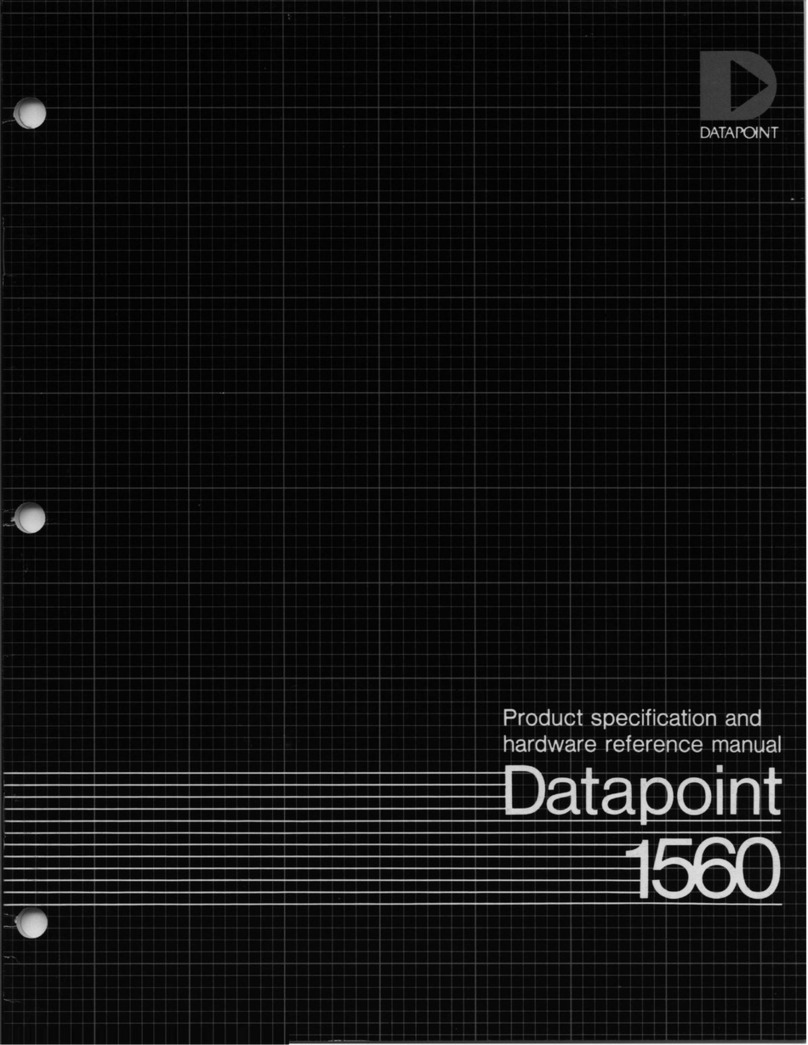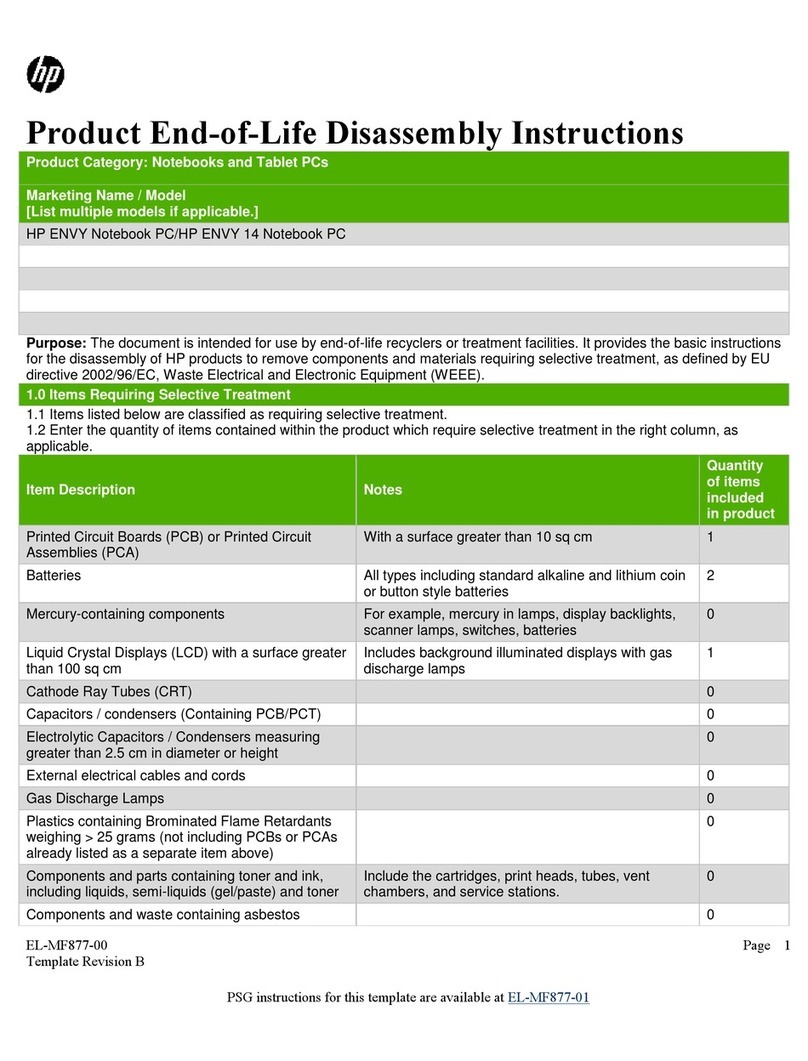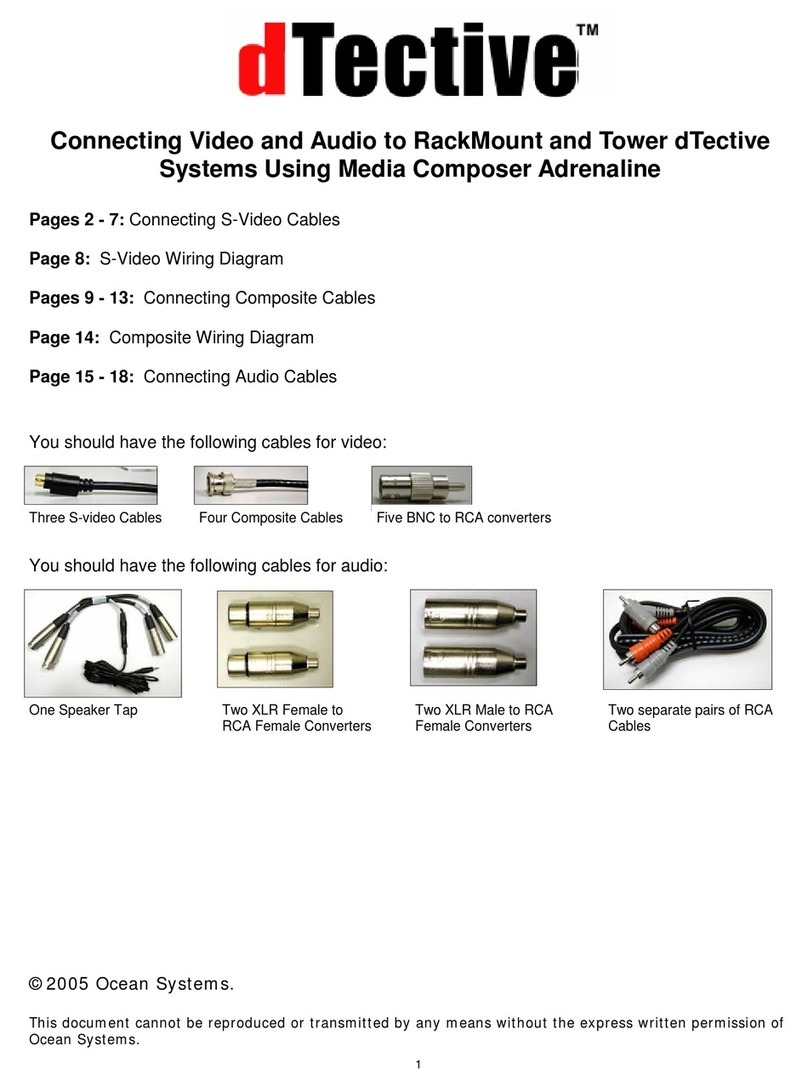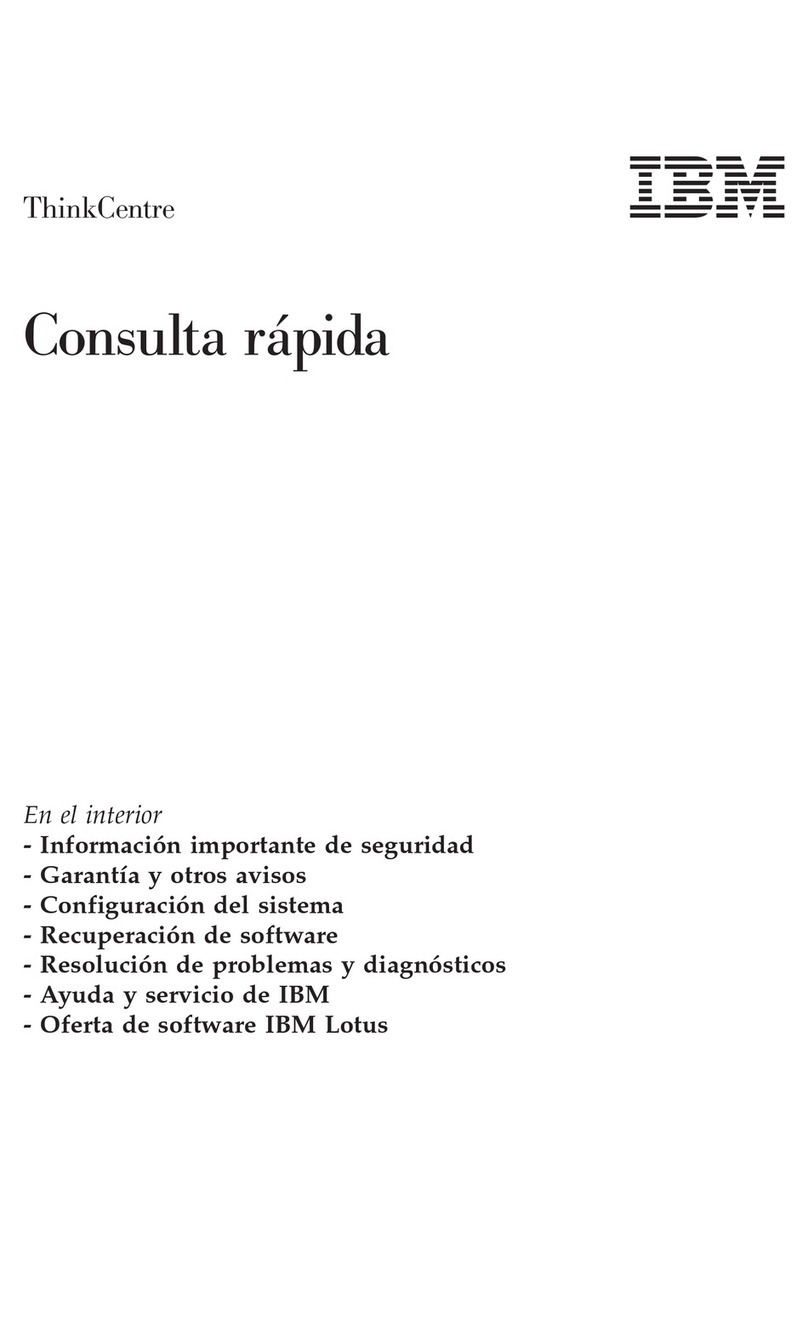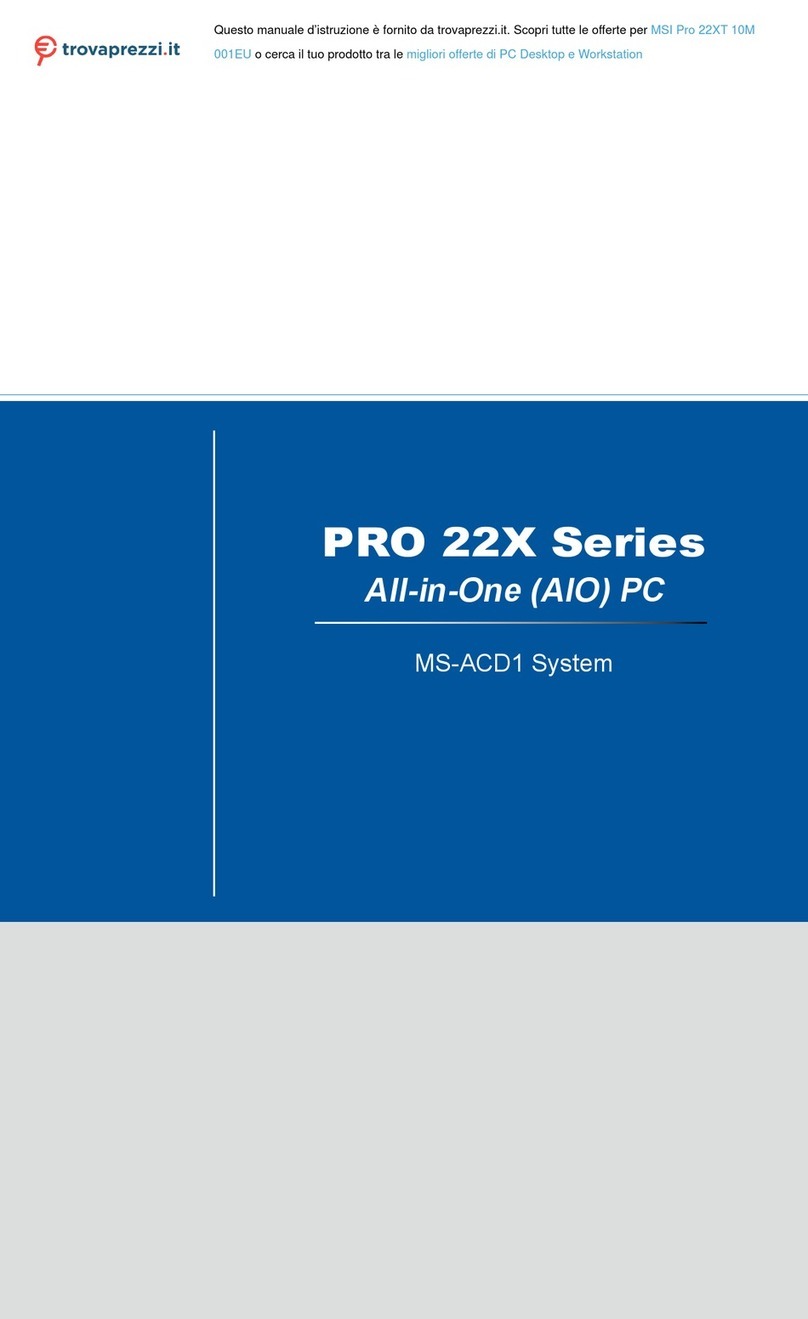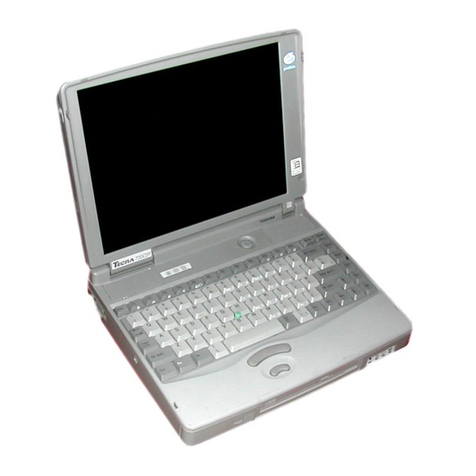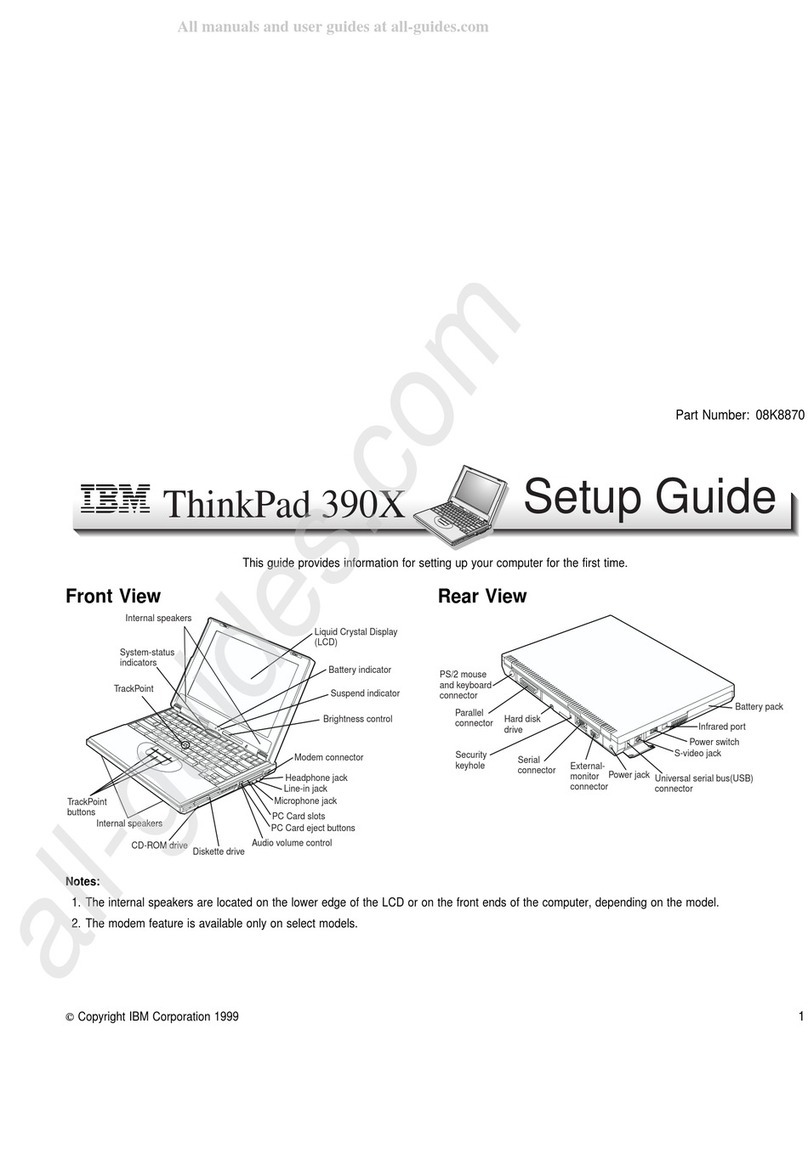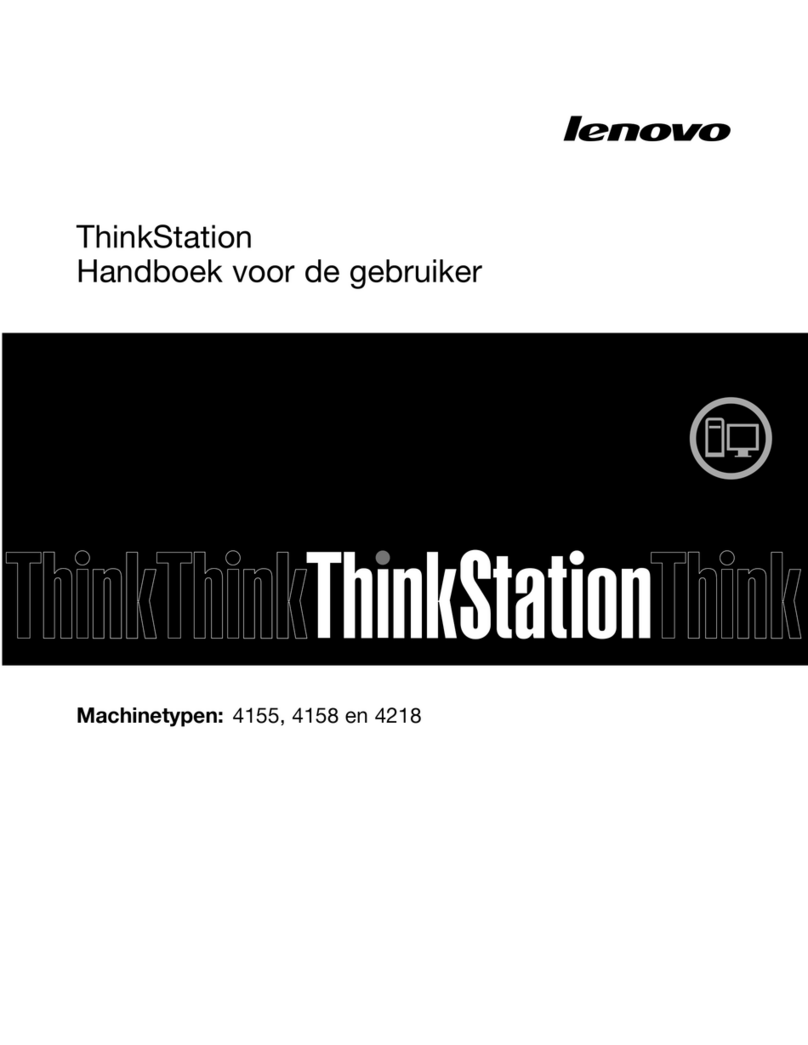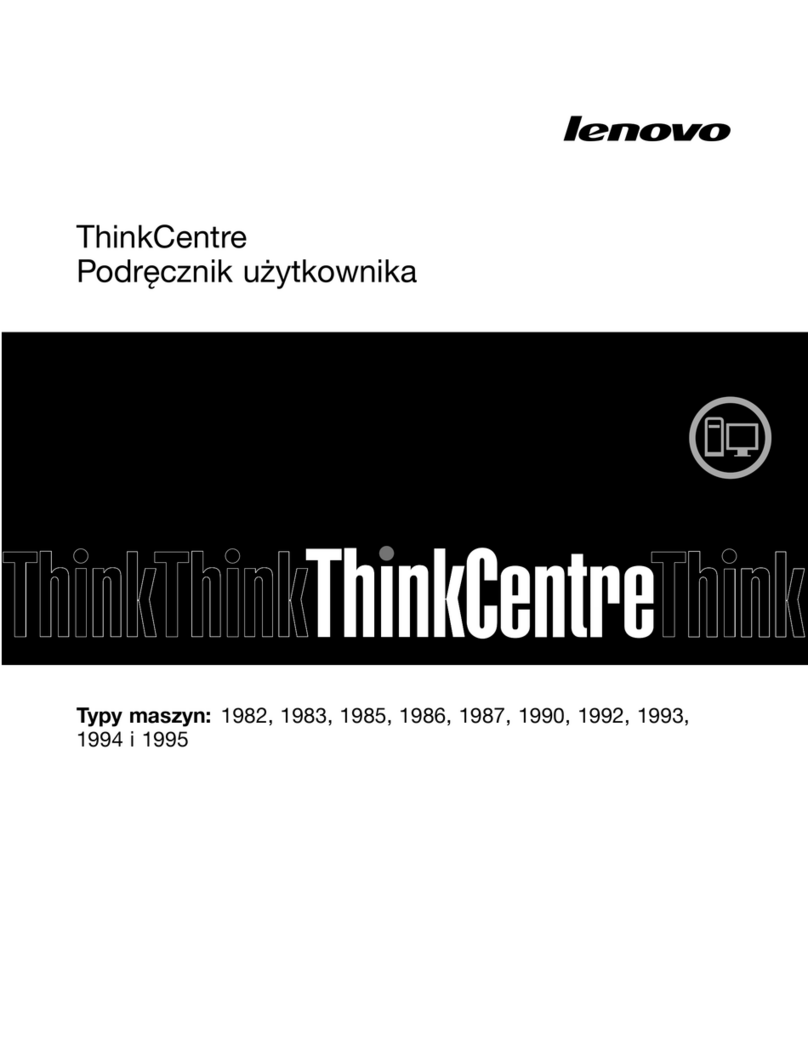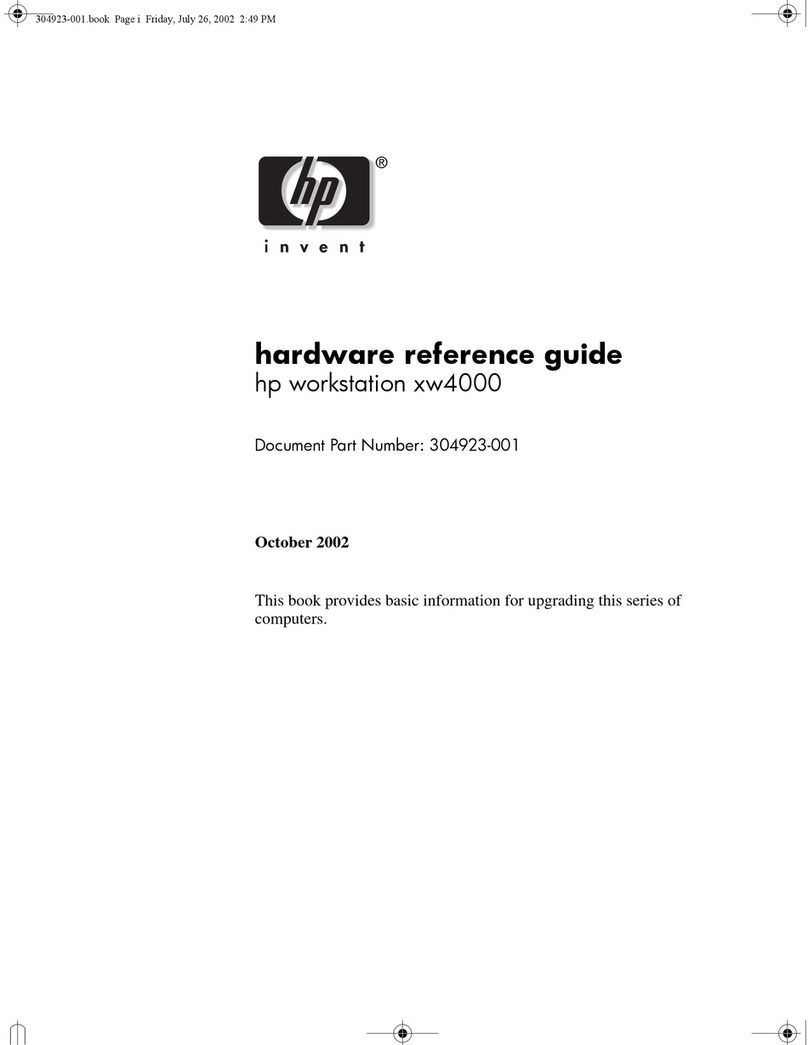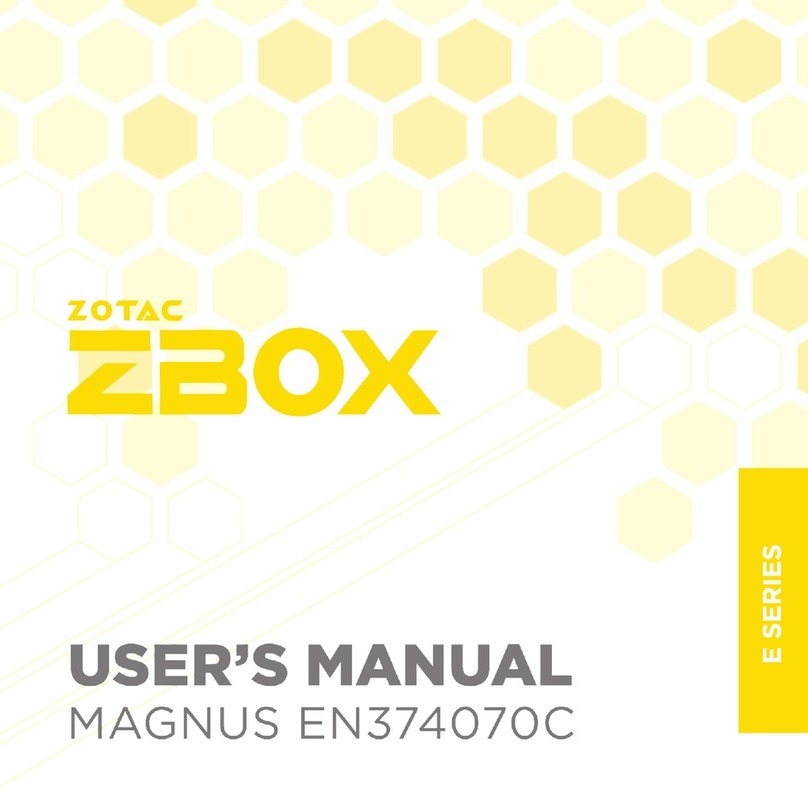Datapoint 3300 Guide

Datapoint
3300/
Maintenance

TABLE OF
CONTENTS
INTRODUCTION . . . . . . . . . . •. . . . . . • .
1-1
DIAGRAM SYMBOLISM . . . . . . . . . . . • 1-4
SCHEMATIC
AND
LOGIC
DIAGRAMS . . . . . . . . . . . . •. . . . . . . . 1-4
BLOCK
DIAGRAMS...............
1-5
ILLUSTRATIONS.................
1-5
THEORY
OF
OPERATION . . • . . . . . . •.
2-1
DATA
LOGIC . . . . . . . . . . • . . . . . . . .
2-1
TRANSMIT
FUNCTION............
2-1
RECEIVE FUNCTION . . . . . . . . . . . . .
2-2
KEYBOARD . . . . . . . . . . . . . . . . . . • . 2-7
ANSWER -BACK
..................
2-13
Programming the Answer -
Back
....
2-13
INTERFACE 1
...................
2-20
INTERFACE 2
...................
2-27
Speed
Buffer
....................
2-28
MOS
...........................
2-37
DEFLECTION AMPLIFIER
.........
2-43
LOGIC
POWER
SUPPLY . . . . . . . . . . 2-53
DEFLECTION
POWER
SUPPLY . . . .
2-61
HIGH VOLTAGE
POWER
SUPPLY. . . . . . . . . . . . . . . . . . . . . . . . 2-69
CONTROL LOGIC . . . . . . . . . . . . . . . 2-69
Horizontal Deflection Timing . . . . . 2-69
Vertical Deflection Timing . . . . . . . 2-69
Cursor Positioning . . . . . . . . . . . . . . 2-70
Carriage
Return . . . . . . •. . . . . . . . 2-72
Home Up . . . . . . . . . . . . . . . . . . . . 2-72
Home Down . . . . . . . . . . . . . . . . . . 2-73
Line
Feed
and
Reverse
. . . . . . . . . . 2-73
Roll Up . . . . . . . . . . . . . . . . . . . . . . 2-73
Roll Advance . . . . . . . . . . . . . . . . . . 2-74
Roll Down . . . . . . . . . . . . . . . . . . . 2-74
MAINTENANCE...................
3-1
REMOVAL . . . . . . . . . . •. . . . . . . . . .
3-1
APPENDIX
....................•..
1A-1

LIST OF ILLUSTRATIONS
FIGURE 1-1.
NAND
GATE
..........
1-4
FIGURE 1-2. NOR GATES .
..........
1-4
FIGURE 1-3. D FLIP -FLOP
.........
1-4
FIGURE 1-4.
JK
FLIP -FLOP
........
1-5
FIGURE 1-5.
TYPICAL
WAVEFORMS
..
1-5
FIGURE 1-6. KEYBOARD
AND
ANSWER -
BACK
CARDS
...........
1-6
FIGURE 1-7. INTERFACE 1
AND
INTERFACE 2 CARDS . . . . . . . . . . . . . 1-7
FIGURE 1-8. CONTROL LOGIC
AND
MOS
CARDS.................
1-8
FIGURE 1-9. DEFLECTION
AMPLIFIER
CARD
......
1-9/(1-10 blank)
FIGURE 2-1. DATAPOINT 3300
(1
of
2) . . . . . . . . . . . . . . . . . 2-3/(2-4 blank)
FIGURE 2-1.
DATAPOINT
3300
(2
of
2)
..................
2-5/(2-6 blank)
FIGURE 2-2.
TYPICAL
SWITCH
CIRCUIT . . . . . . . . . . . . . . . 2-7/(2-8 blank)
FIGURE 2-3. BLOCK DIAGRAM,
KEYBOARD
............
2-9/(2-10 blank)
FIGURE 2-4. SCHEMATIC DIAGRAM,
KEYBOARD
............
2-11/(2-12 blank)
FIGURE 2-5. BLOCK
DIAGRAM,
ANSWER·
BACK
.......
2-15/(2-16 blank)
FIGURE 2-6. SCHEMATIC DIAGRAM,
ANSWER -BACK . . . . . . 2-17/(2-18 blank)
FIGURE 2-7. BLOCK
DIAGRAM,
INTERFACE 1 . . . . . . . . . 2-23/(2-24 blank)
FIGURE 2-8. SCHEMATIC DIAGRAM,
INTERFACE 1
........
2-25/(2-26 blank)
FIGURE 2-9. BLOCK
DIAGRAM,
INTERFACE
2.........
2-29/(2-30 blank)
FIGURE 2-10.
B~
OCK
DIAGRAM,
SPEED
BUFFER . . . . . . . 2-31/(2-32 blank)
ii
FIGURE 2-11. SCHEMATIC
DIAGRAM,
INTERFACE 2
..........
2-33/(2-34 blank)
FIGURE 2-12. SCHEMATIC
DIAGRAM,
INTERFACE 2 WITHOUT
SPEED
BUFFER
..............
2-35/(2-36blank)
FIGURE 2-13. BLOCK
DIAGRAM,
MOS
..................
2-39/(2-40 blank)
FIGURE 2-14. SCHEMATIC
DIAGRAM,
MOS
. . . . . . . . . . . . . . . . . 2-41/(2-42 blank)
FIGURE 2-15. DOT
MATRIX
GENERATION.........
2-45/(2-46 blank)
FIGURE 2-16.
MOS
LOCATOR . . . . . . . . . . . . 2-47/(2-48 blank)
FIGURE 2-17. CHARACTER
DISPLAY
..............
2-49/(2-50 blank)
FIGURE 2-18.
DRIVER
CONNEC-
TION
...........................
2-51
FIGURE 2-19.
TYPICAL
POWER
SUPPLY
BLOCK
DIAGRAM
......
2-53/(2-54 blank)
FIGURE 2-20. BLOCK
DIAGRAM,
DEFLEC-
TION
AMPLIFIER
.......
2-55/(2-56 blank)
FIGURE 2-21. SCHEMATIC
DIAGRAM,
DE-
FLECTION
AMPLIFIER
..
2-57/(2-58 blank)
FIGURE 2-22. +14VDC
POWER
SUPPLY . . . . . . . . . . . . . . . . . . . . . . . . 2-60
FIGURE 2-23. SCHEMATIC
DIAGRAM,
LOGIC
POWER
SUPPLY
..
2-63/(2-64 blank)
FIGURE 2-24. +40VDC
CIRCUIT . . . . . . . . . . . . . 2-65/(2-66 blank)
FIGURE 2-25. +120VDC
AND
+450VDC
CIRCUIT . . . . . . . . . . . . . 2-65/(2-66 blank)
FIGURE 2-26. SCHEMATIC
DIAGRAM,
DEFLECTION
POWER
SUPPLY
...............
2-67/(2-68 blank)
FIGURE 2-27. BLOCK
DIAGRAM,
CONTROL LOG
IC
. . . . . . 2-75/(2-76 blank)
FIGURE 2-28. SCHEMATIC
DIAGRAM,
CONTROL LOG
IC
.......
2-77/(2-78 blank)

FIGURE 3-1.
DATAPOINT
3300 WITH
COVER REMOVED
.................
3-4
FIGURE 3-2. DATAPOINT 3300, TOP
VIEW
............................
3-5
FIGURE 3-3. DATAPOINT 3300, REAR
VIEW
............
, . . . . . . . . . . . . . . 3-6
FIGURE 3-4.
DATAPOINT
3300,
BOTTOM
PANEL
..................
3-'7
FIGURE 3-5. LOGIC
AND
DEFLECTION
POWER
SUPPLIES
.................
3-8
FIGURE 3-6. DELETED
....
3-9/(3-10 blank)
FIGURE 3-7. KEYBOARD
ASSEMBLY
(1of2)
.....
3-11/(3-12 blank)
FIGURE 3-7. KEYBOARD
ASSEMBLY (2
of
2)
......
3-13/(3-14 blank)
FIGURE 3-8. ANSWER -BACK
ASSEMBLY
(1of2)
.....
3-15/(3-16 blank)
FIG.URE 3-8. ANSWER -BACK
ASSEMBLY
(2
of
2)
.....
3-17/(3-18 blank)
FIGURE 3-9. INTERFACE 1
ASSEMBLY
(1
of
2)
.....
3-19/(3-20 blank)
FIGURE 3-9. INTERFACE 1
ASSEMBLY
(2
of
2)
.....
3-21/(3-22 blank)
FIGURE 3-10. INTERFACE 2 ASSEMBLY
(1
of
5)
................
3-23/(3-24 blank)
FIGURE 3-10. INTERFACE 2 ASSEMBLY
(2
of
5)
................
3-25/(3-26 blank)
FIGURE 3-10. INTERFACE 2 ASSEMBLY
(3
of
5)
................
3-27/(3-28 blank)
FIGURE 3-10. INTERFACE 2 ASSEMBLY
(4
of
5)
................
3-29/(3-30 blank)
FIGURE 3-10. INTERFACE 2 ASSEMBLY
(5
of
5)
................
3-31
/(3-32 blank)
FIGURE 3-11. MOS
ASSEMBLY
............
3-33/(3-34 blank)
FIGURE 3-12. DEFLECTION
AMPLIFIER
ASSEMBLY
(1
of
2)
.....
3-35/(3-36 blank)
FIGURE 3-12. DEFLECTION
AMPLIFIER
ASSEMBLY
(2
of
2)
......
3-37/(3-38 blank)
FIGURE 3-13. LOGIC POWER SUPPLY
ASSEMBLY
............
3-39/(3-40 blank)
FIGURE 3-14. REAR PANEL ASSEMBLY
(1of3)...............
3-41/(3-42 blank)
FIGURE 3-14. REAR PANEL ASSEMBLY
(2
of
3)
. . . . . . . . . . . . . . . 3-43/(3-44 blank)
FIGURE 3-14. REAR PANEL ASSEMBLY
(3
of
3)
. . . . . . . . . . . . . . . 3-45/(3-46 blank)
FIGURE 3-15. SCHEMATIC
DIAGRAM
MOS
CONTROL LOGIC
......
3-49/(3-50 blank)
FIGURE 3-16. SCHEMATIC
DIAGRAM
REAR PANEL 3300
.....
3-51/(3-52 blank)
iii/(iv blank)

INTRODUCTION
This
manual
is
for
use
by
persons
with
the
responsibility
to
repair and
maintain
the
Datapoint
3300.
The manual
is
arranged
to
provide a detailed
explanation
of
the
Theory
of
Operation
in a
log
ica
I sequence.
The
theory
of
operation details all
functions
within
the
Datapoint
3300. Review
of
this
section in
conjunction
with
the
associated
diagrams should
thoroughly
acquaint the techni-
cian
with
the designed operational character-
istics
of
the equipment.
Extreme
caution
must
be
used in replacing a
component
on any
of
the
printed
circuit
cards.
Recommended tools and techniques
to
preclude
serious damage
to
the cards are provided in
the
maintenance section
of
this
manual.
1-1

DESCRIPTION
The Datapoint 3300
is
a data terminal, incor-
porating the most advanced electronic
en-
gineering, modern design
and
compatibility
with
all time sharing services.
To
become familiar
with
the functions
of
the
Datapoint 3300, refer
to
the Operators Instruc-
tion
MBnual supplied
with
the equipment.
Table
1-1
provides a listing
of
dimensions,
electrical and interface specifications
for
the Datapoint 3300.
Table 1-1. Specifications
DIMENSIONS
Width
.......................
18 inches
Height
.......................
13 inches
Depth
.......................
18 inches
Weight
......................
48 pounds
ELECTRICAL
Power
Input
.........
200Watts,
115VAC,
Single
Phase,
60 HZ
Heat Dissipation
............
683
BTU/hr.
Operating Temperature Range.
40°F
to
100°F
Humidity
Limits
..............
0%
to
95%
Display Size
.............
10 1
/8"
to
7
5/8"
Active Display Size
...............
8"
x
6"
Spot Diameter
................
0.01 inches
Repeatability
...............
±0.001 inches
Characters per Line
...................
72
Number
of
Lines
....................
25
Number
of
Characters Displayable
.....
1800
Intensity
....................
Adjustable
Brightness
...........
75 ft. Lamberts/Min.
Contrast Ratio
.....................
12:1
Types
of
Phosphor
..................
P31
Character Size
.............
0.11"
x
0.18"
Character Generation
Method 5 x 7 . . . . . . . . . . . . . .
Dotmatrix
Deflection
Type
................
Magnetic
Deflection Method
........
Modulated
Scan
Character Generator
....
Read
Only
Memory
Type
of
Memories
..................
MOS
Memory
Size:
ROM
......................
2240 Bits
Circulating
.................
10,800 Bits
1800 Characters
Display Refresh Rate
.........
60 Times/Sec.
Character Set
...........
Upper
Case
ASC
11
Cursor
..........
Non-Destructive, Blinking
1-2
Table 1-1. Specifications (Cont)
INTERFACE
Serial
(Input
and
Output)
.....
EIA
RS-232-B
Bit
Rates
.........
110, 220, 440, 880, 1760
150,
300,600,
1200, 2400
Parallel
(Input
Only)
..........
Logic Level
SIGNAL
CHARACTERISTICS:
(EIA
RS-232-B Code)
1.
RECEIVE
a.
MARK
b.
SPACE -3 TO -25
VOL
TS
+3T0+25VOLTS
2.
TRANSMIT
a.
MARK
-10VOLTSWITH3KLOAD
b.
SPACE +6
VOL
TS
WITH
3K
LOAD
MAXIMUM
SHORT
CIRCUIT
500
MA
CURRENT
TERMINATING
IMPEDANCE
CONNECTOR TYPE
3K
to
7K
17-10250-1
Amphenol
(or equivalent)
PIN
ASSIGNMENTS
PIN NO. FUNCTION
Protective Ground
Transmitted Data
Receive Data
Request
to
Send
Signal
Ground
Data Carrier Detector
Reverse
Channel Transmitted Data
Reverse
Channel Receive Data
Read
Only
Data
(See
Note)
Data Terminal Ready
Use
for
Computer Terminal Test
NOTE
This data may
be
used
to
drive a
read
only
copy device and
has
the
same
signal characteristics
as
the
normal transmitted data.
Table 1-2 provides the ASC
11
code assignments
for
all
of
the characters and functions
used
in
the Datapoint 3300.

Table 1-2. ASC
II
Code Assignments
BIT
# 7 0 0 0 0 1 1 1 1
~
6 0 0 1 1 0 0 1 1
4131211
5 0 1 0 1 0 1 0 1
0 0 0 0
SP
0 @ p
0 0 0 1
Xon
! 1 A a
0 0 1 0 " 2 B R
0 0 1 1 X
off
II
3 c s
0 1 0 0 $ 4 D T
0 1 0 1
WRU
% 5 E u
0 1 1 0 & 6 F v
0 1 1 1
BELL
' 7 G w
1 0 0 0
c-
( 8 H x
1 0 0 1
c-
) 9 I y
1 0 1 0
LINE
c f * J z
FEED
:
1 0 1 1
c~
ESC
+ I K [
1 1 0 0
HOME
I < L \
DOWN
RE-
HOME
M ]
1 1 0 1
TURN
UP
-=
1 1 1 0
SPOW
ERASE
"'
1
LATCH
EOL
>
1 1 1 1
--s-~~w
ERASE
I 0 -
RUB
!LATCH
EOF
?
OUT
c
Cunor
1-3

DIAGRAM
SYMBOLISM
SCHEMATIC
AND
LOGIC DIAGRAMS
Symbols
used
on
schematic and logic diagrams
are
generally
Military
Specification symbols.
However, no
attempt
has
been
made
to
conform
to
Military
standards.
The 7400
series,
TTL
logic
family
is
used.
A
"one"
is
high (+5v); a
"zero"
is
low
(Ov).
Only
two
types
of
gates,
NAND
and NOR
are
employed.
The
sma
11
circle
used
at the
input
or
output
of
the symbols indicates
that
the active level
is
a
low.
The
NAND
gate
is
used
in
two,
three, four, and
eight
input
configurations. The symbol
and
truth
table
for
the NAND gate are shown
in
figure 1-1.
:
______
__,Q------c
AB
00
01
10
11
c
1
1
1
0
Figure
1-1.
NANO
Gate
The NOR
gate
is
used
only in the
two
input
configuration. The symbols and
truth
table
for
NOR gates
are
shown in figure 1-2.
:
______
o.__------c
OR
:
______
D------c
AB C
00
1
01 0
10
0
11 0
Figure
1-2. NOR
Gates
1-4
D and J
Kare
the
only
two
types
of
flip
flops
used.
The symbol
and
truth
table
for
the D flip-flops
are
shown in figure 1-3. The
input
at D deter-
mines which state the 0
output
will
go
on the
ascending
edge
of
the next clock. The preset
and
reset lines
are
not
related to clock
time
and
will
override any D
input
at clock time. A low going
pulse
on
the preset
will
result in a high
output
at
0.
A
low
going pulse on the reset
will
result
in a high
output
at
0.
PRESET
D
CLOCK
t
RESET
D
0
1
1
J
ATt
Q
0
1
Q
Q
1
0
Figure
1-3. D Flip-Flop
The symbol and
truth
table
for
the
JK
flip-flops
are
shown in figure 1-4. The JK
flip-flop
utilizes
the descending
edge
of
the clock
to
provide
two
inputs
for
control. The J
input
controls the next
state
of
the 0
output
and the K
input
controls
the next state
of
the Q
output.
The J and K
inputs are usually complements
of
each
other,
however, this
is
not
a requirement. When the J
and K inputs
are
both low, no change
will
occur
at the outputs at clock time. When the J and K
inputs are both high, the outputs
will
comple-
ment at clock time.
Two
variations
are
used
for

inputs
to
the JK flip-flops. The
first
provides
for
one J
input
and
one K
input
while the second
variation provides
for
three J inputs and three
K inputs. The three inputs function
as
an
AND
gate
and
all three J inputs or all three K inputs
must
be
high
to
reflect a high on the
output
being controlled.
J Q
CLOCKt
~
"'1
K Q
RESET
J
AT
t
(DESCENDING
EDGE
OF
CLOCK)
JK
01
10
11
00
Q
0
1
Q
Q
1
0
g
Q
Figure 1-4. JK Flip-Flop
Other special circuits
used,
such
as
dividers,
counters and one-shots are symbolized by a
rec-
tangle
with
all
of
the inputs and outputs marked.
BLOCK
DIAGRAMS
The functional block diagrams
are
composed
of
circuit
elements connected by lines
to
indicate
the direction
of
information
flow.
The elements
are
represented by rectangles
with
no signifi-
cance
to
size.
Each
rectangle contains a letter
designator which represents the general
type
of
circuit. The letter designators are:
G
................................
Gate
L
...............................
Latch
D
...........................
D
flip-flop
JK
..........................
JK
flip-flop
The most significant waveforms are shown ad-
jacent
to
appropriate pins. Figure 1-5
is
typical
of
pulses
and levels generally shown in wave-
forms.
PULSES
LEVELS,
TRANSITION
SHOWS
DIRECTION
OF
INITIAL
MOVEMENT.
LEVEL
REMAINS
UNTIL
OTHER
ACTION
IS
TAKEN.
Figure 1-5. Typical Waveforms
ILLUSTRATIONS
Figures 1-6 through 1-9 show the printed
circuit
cards
used
in the Datapoint 3300.
1-5

ANSWERBACK
v
\:a
T y
SE
LL
G H
B I
N
Figure 1-6. Keyboard and Answer-Back Cards

INTERFACE
2
INTERFACE
1
Figure 1-7. Interface 1 and Interface 2 Cards
1-7

CONTROL
LOGIC
MOS
Figure 1-8.
Control
Logic and MOS Cards
1-8

Figure 1-9. Deflection
Amplifier
Card
1-9/(1-10 blank)

DIFFERENCE
DATA
FOR 50 CYCLE OPERA-
TION
For 50 cycle, 230 volt, operation
of
the Datapoint
3300, no
changes
are
required on the following
cards:
a.
Deflection Amplifier
b. Interface I
c.
Interface II
d. Control Logic
On
the keyboard, a 47K ohm resistor
is
installed
in
series
with the ON/OFF light
bulb.
On
the MOS card, install a 24.9 MHz crystal in
place
of
the 26.6 MHz crystal.
The primary power fuse
is
a 1.25A slo-blow.
Changes
necessary
in
the power supply
are:
a.
Remove jumpers on transformer
T2
from
terminals 1
to
3
and
2
to
4.
b.
Jumper terminals 2
and
3 together.
2
30
VAC
50
FAM
HV
POWER
SUPPLY
Figura
1
c.
Check
to
ensure fan motor
is
now connected
across
terminals 1and 2
of
T2.
d. A 15KV high voltage supply designed for
110V 50 cycle input
is
connected
across
terminals
3
and
4
of
T2.
(See
figure 1).
The existing filament transformer
Tl
must
be
re-
placed with a
UTRAD
Corporation transformer,
Part Number 5714 revision A. This transformer
has
a 230VAC input
with
6.3VAC output.
SECONDARY
Appendix
1 1
A-1

~ppendix
1 1A-2
Rl
i.2
n
Figure
3
This completes the
changes
necessary
for
50
cycle operation
of
the Datapoint 3300.
Rl
i.2
n
3.3µ
H
CHOKE

THEORY
OF
OPERATION
SECTION II
General
The Theory
of
Operation presented in this
section
is
provided
to
acquaint the technician
with
the overall functions and then explain,
in
detail, functions contained
on
each
card
of
the terminal. References
to
particular block
diagrams, logic diagrams or schematics should
further
aid in understanding the operation
being explained.
The Data Logic
portion
will
primarily
deal
with
those circuits
used
in processing data. The
Control Logic
portion
will
primarily
deal
with
all
of
the control functions. References
to
other sections
are
noted where inter-relation
with
another
function
is
explained.
DATA
LOGIC
General
The Datapoint
3300
as
a complete operational
unit
consists
of
two
main sections (transmit
and receive), power supplies
and
interface
timing. The transmit and receive functions
will
be
covered
as
separate functions
to
familiarize
the technician
with
the overall operation
of
the data terminal. Interface
timing
and power
supplies
will
be
explained in the detailed
explanations
of
the various circuits
and
printed
circuit
cards. Reference
to
figure
2-1
will
assist
in better understanding the
transmit and receive functions.
TRANSMIT
FUNCTION
The keyboard
is
normally considered the source
of
data
to
be
transmitted, however, provisions
have
been
incorporated
to
permit parallel data
entry
from
any otherauxiliary source,
e.g.
the
Datapoint 3300T. The keyboard
or
auxiliary
source provides
seven
parallel data bits and a
strobe pulse. The strobe occurs after the data
bits
are
stable on the
output
lines,
typically
about 600 micro-seconds. The strobe pulse
starts the
output
clock generator
that
counts
down the 8 times selected rate clock provided by
the interface oscillator. The
output
of
the clock
generator, loads the start
space
and data
into
the
output
shift
register, clocks the
shift
register
each
bit
time and clocks the parity generator
during
each
bit
time. During the eighth
bit
time,
the proper parity
bit
is
inserted
to
produce
an
even
parity followed by either one
or
two
stop
marks, depending upon the
speed
selected. The
data
is
fed serially
to
the line buffer, located on
the deflection card. This
circuit
converts the
digital data signal
into
the bipolar signal defined
in EIA RS-232-B.
(See
Table 1-1)
Digital data
is
tapped
off
the
Output
Buffer
in-
put
and
connected
to
the
LOCAL/REMOTE
and DUPLEX switches. When in Local
or
Half
Duplex mode, digital data
is
sent
to
the Receive
sect
ion and 0
Red
with
the data,
if
any,
from
the
Input
Buffer. Transmitted data appears on
pin 2
of
connector J9.
The Answer-Back optional feature
is
considered
a part
of
the transmit
function.
Answer-Back
consists
of
an
eleven
bit
shift
register
that
cycles
two
timss when triggered by receipt
of
a control
"E"
or by depressing the HERE
IS
key
on
the
keyboard. The
output
of
the Answer-Back card
is
wired
to
the keyboard matrix
to
produce a
sequential
output
the
same
as
if
the keys were
depressed in
that
sequence.
Depressing the
BR
EAK key generates a
space
condition on the
output
line.
On
early models,
the
space
condition
was
maintained on the out-
put
line
as
long
as
the
BREAK
key
was
held
depressed, however the later models
will
only
provide approximately a 200 milli-second break
on
the
output
line
for
each
time the
BREAK
key
is
depressed.
In order
to
repeat a character, the REPEAT key
and
any other alpha
or
numeric key must
be
de-
pressed.
This action starts the Repeat Generator
which creates keyboard strobes at 7.5
PPS.
These
repeat pulses are ORed through the
same
path
as
the normal keyboard strobe pulses.
2-1

RECEIVE FUNCTION
The bipolar
EIA
RS-232-B signal enters the
Datapoint 3300 at
Pin
3
of
connector J9. The
Input
Buffer converts this bipolar data
to
stan-
dard logic
levels.
(1
=high
or
+5V,
0 = low
or
0
volts).
The negative
go_ing
transition
of
the start
space
causes
the
input
bit
chopper
to
start shifting the
data
into
the
input
shift
register.
When
a
full
character
has
been
shifted
into
the register, a
flag
is
raised
to
the comparator
and
the data
is
passed
in parallel through the
Speed
Buffer,
if
available,
into
the
input
hold register.
The
Speed
Buffer
is
a circulating memory
to
provide temporary storage
for
characters while
the trace
is
returning
to
the compare
or
cursor
position. The
Speed
Buffer
is
only
necessary
when the
input
character time
is
less
than the
frame time
or
16.6 milli-seconds. The
Speed
Buffer
would
be
required
for
all data rates above
60 char/sec.
When
the compare does occur, the contents
of
the
input
hold register
is
loaded into the circula-
ting memory. When a compare
is
generated in
response
to
a flag
from
the
input
shift
register,
the
circulating data
is
inhibited at the
OR
gate
to the memory and replaced by the new data.
The circulating memory
is
driven by a
two
phase
clock at a 135 KHz rate. The
two
clocks
are
derived
from
the cycle generator
and
converted
to
MOS
compatible levels
by
the
MOS
clock
drivers. The period between clocks
is
7.5 micro-
seconds; therefore, the six parallel bits in the
circulating memory
are
present
for
this period at
the address
input
to
the
Read
Only
Memory
(ROM). The six
bit
character actually defines a
block address in the memory
or
a starting
address
from
which five sequential
addresses
will
be
read. The cycle generator provides five
sequential pulses
to
the ROM which
causes
the
five 7
bit
words
to
be
read
out.
Each
word repre-
sents one column
of
the 5 x 7 character matrix.
While
each
7
bit
word
is
present at the ROM
output,
the
dot
generator
scans
each
bit
position
and produces a digital pulse
for
each
"one"
present in the word. This pulse
is
applied
to
the
2-2
video amplifier and becomes a visible
dot
on the
cathode ray tube (CRT).
The dots
are
positioned on the CRT by three
yoke windings. The horizontal winding controls
the lateral position
of
the character and
is
modulated by the
minor
vertical
sweep
which
contro:s the individual
dot
positions. The verti-
cal
sweep controls the line position
on
the CRT.
Digital
pulses
from
the memory character count-
er
supply the
input
for
the horizontal ramp
gene-
rator. The horizontal ramp
is
generated on the
control logic board and
passed
to
the horizontal
amplifier on the deflection card. The actual
power drivers
for
each
deflection winding
are
located on heat sinks on the rear panel assembly.
A
950
KHz digital signal
is
the source
of
the
minor
vertical deflection which
is
sometimes
referred
to
as
the
WRITE
deflection. The
output
of
the vertical amplifier
for
any given Iine
is
a
constant current level. The current level
is
con-
trolled by the Digital-to-Analog
(D/A)
converter
which receives its digital
input
from
the memory
line counter
on
the
control
logic card.
The source
for
all
timing
is
the master oscillator
located on the
MOS
card. The
circuit
is
a crystal
controlled 26.6 MHz oscillator. The
output
of
the oscillator
is
burst synched
to
the line
e.g.
the
output
is
shut
off
at the end
of
the frame and
is
not
started
again
until
the power line
passes
through zero volts going in the positive direction.
This technique eliminates any apparent
flicker
in
the display due
to
a beat between the refresh
60 Hz and the room lighting.
The special character decode monitors the input
data
for
special control characters. The
output
of
this gate array
causes
various functions
to
occur,
such
as
CARRIAGE
RETURN, LINE
FEED, BACKSPACE,
BELL,
etc.
The cursor control and repeat
circuitry
located
on the control logic card receives the inputs
from
the various cursor control keys located
on the keyboard. This
circuitry
controls the
cursor
Ii
ne
and character counters.

c
s
"'C
2.
:I
r+
w
w
8
-
...
0
-
N
SER
I A
1...
RS-Z32·8
O•TA
ex
BIT
~ATES
0 0
00
0-....0-----
0
FROM
'"APE
INTERFACE
~--....0
O
SCILLATOF<S!
(IF
2)
A
~RX
>--~---------~
_'.~_T_A
______
~
TAPE
OR
AUX
STRQB
8
RE
A
I(
ONE.-
SHOT
200
MS
TRANSMIT
RECEIVE
'NP
UT
BUFFER
{ 0
EFL
l
LOGIC
POWER
+~
-~
+ 12
-12
-JO
+
t 1F
2)
RPT
KEY
AK
D
'NPUT
SH
IF
T
REGIS
TE
(IF
2)
~~
TTIER
I
me
TI.IT
0£0
+13
I/
+450
OUTPUT
SHIFT
'HG
1
STER
{ !
Fi
) •
-----1-l
....
CUTPUT
BUFFER
\ U E F
ll
I
I
60~
_[
..
--
~
HU
HD
EEOF
EEOL
FULL
HALF
LOCAL
REMOTE
LOCI.
L
REMOTE
CURSOR
CONTROL
AND
REPEAT
CIRCUITRY
(CONTROL)
~----<
SP
f E O
BUFFER
I
IF
2 I
w
P.
u
SPEE
0
BUFFER
CLOCK
GEN
(IF
2)
MOS
CLOCK
DR
IVERS
(MOS}
INPUT
HOLD
REGISTER
( l f 2 l
SPEC:AL
CHARACTER
OE
CODE
CY
7
CYCLE
GEN
(MOS)
CY
4
HOR
l Z
RAMP
GEN
{CONTROL)
IM
o s I
INPUT
BIT
CHOPPER
+8
(IF21
13 3
MHZ
DOT
GEN
IMO
SI
1-l
0 R i l
AMP
(DEF
L)
+
MOS
J
665MHZ
MIN
0 A
VERT
Alo'P
(CE
Fl
l
I,!_-------+--
=t=------____
I
BE
Ll
AM p
l 1 r 2 )
0!;~~1---
..
-1-B_f_L_L_!_
I
~
~,':~J
'5 '0
____
,
__
J
L__j
.
L.
~------------------------·--
__________]
RS--232-8
SERttll
DATA

AN5Wcll
I.JACK
CARO
.J/2
,,;;,,.,~£'.UT
W::W
U£R£
I~
~crco
li'-t'f"£'
~
l
CHARA~-
?I
I I
H~
CN.A
..
,.;a
I~
ANS
4ACIC'
CN~
L.: ,
s
,,,
17
7
d
Iii
IS
s
4
14
0
4
z
IZ
ANS
4ACK
el-4A.V
,.,·:.
/
$Nl,-T
cowr"101..
A4"6#-~'tl'
ANS
8ACK
CJJA-'1
Na
I~
z
,
IJ
14
4
s
15
16
d
7
n
Id
..
,
J/O
JI#-'/
J.1-'1J
J,f#-6
J~-~4
J~-$4
Jl~-n
"'''"'""'
,l/,•14
Jl,•l!I
JI.I
·17
Jl.l•IS
Jl.l-14
Jl.1•11
.11.4-1r
Jl,•N
JI.I·/()
J/,
..
,g
J/,.4
J"•T
Jl.J-6
JI.I·~
J;,-4
JIJ•,I
Jl.3-Z
..12-7
JIJ·Z.I
Jl.1-24
;'"4J-4
Jl~-~6
.J1r-rs
J/2-N.
Jl./•?.J
Ja-J'r
JU·~/
.11r-~
JIZ·I,
.1a-1.1
JIZ·I?
Jf/·14
Jlr·'S
.Nr·N
JtZY.I
.11r-1z
.112-10
Jl~-4
.11r-,
Jl,.T
.11r-1
Jl-,,1
__
I";>l.__
J?-4,
Jl·,4
JZ
..
~6
..1r-.1,
.tr·4t
JZ·4Z
~
==3:~==
Jt4-44
JZ•4!1
J4-1$
Jl#•/,6
./14-1,
J!S-!SO
JS·$
"''·ro
JS·IS
JS·_,1
-~(E'J--
JS·U
./4•SS
__
__,,.,...__
J4
..
$4
Jd•SZ
===H'it::_:
~;:::
----,'-""-,--
J4·#r
..14-rt
-
___
.r;,,__
J#
•IT
J/.lt·r1
;-:.=:j~t:=
~~:~:
.14·47
.$/•Dt•a
JIS-SIS
JS./O
./S·SS
JS·44
IU8•'
.JS•4_,
----._~,.--ONO
/OW
PS'
,s~v
,11:1o·.J,;·rt1t
SU"'''~
R1!J
z::.
IO'N
l
~~
~--------
786
Tl
T~],
If['
Fl•/
T8/f-/
l
Jll•I
I
I
I
I
z .,
Ia
..
I
I"
..
.,..
I
L
__
_
.J9
TIJ,·<#
Jl-$4
Jl·ZO
QI
Z.IV50£!1
J"-!I
Q2
~N490Z
Sl
[!
Jl
0
[I]
rn
[])
I
I
_J
JB-'S-@
./I-
#I
c
J/1-~I
TSI
PIS·I
Tt·
l
T-'£Rll!>L
SIMITCH
Pt.Eli!:.'.!
ASSY
Ol·l-O"J·COl4
Clfll
~tlfl'3
~,..,,e,.,z~
>"~r1zo
r----------------,
ASSY
01-1·0!1-000C.
I
P4·
II
-o#=R.~_,+-f---
r-+-''~"-f-....___!__~
Pl.·
2
--=--i--<
1'6-.1
K-1
L_":_._
_____________
_J
Qt
21112102
TB4-4~T/J.4-I
TB4-z
BELL
ORIVCR
iiQ--..--
J8-S(~AW
~sv)
TB<·I~
TB:J·S
-1L.\j
LSI
ur-"Jr--r'-~~TBI-~
<'>--++-~=~-
TBJ
...
S'
-Ci}-.+----
N.C.
CRT
(/?£F)
~~";~
>------~
Jl-S
~-Jy
T/-J
'
.Jll-3
- •
BRACKET
ASSY
•
CONTROL
01-1-0!l·OOIS.
Fl
I.SA
J:S•ZZ'
--==---;-...------.
0-
..u-v
Sl·D£CK
I
S/•0£CK
l
.JI/
1110
v~;
NE<m•AL
fi.15-3
1
.-------1[!"/-4
-C:::>--.
:
$~,-£TY
ONO
L::c
~07
Figure
2-1
Datapoint 3300
(2
of
2)
2-3/(2-4 blank)

"'J
..
......
......
ffi.
.....
r
..
-&
'
';r:
alLL
OllfVflf
,..,
...
..,
Te•·•-'rtl
ru-•-'L!J
..
,
,..
....
,.
..
,
...•
Jl•ll
do
...
__
,,
.J(J
~1-•
-#·-'
.,,.
__
Cl9•Ur#
~.,,,,
.
.,,,
~.,,
..
,,,.,.,
.,
...
~
.....
,
~.,..,,,.,.,
o•-•
01-~
,.,
..
o1•·U
.,..,.
J#•I
~.111•-.c.Ant·
n-1
J'tl-~
,l#fl·<I•
"''"·"'
..Ptl·~I
......
....
,,,
•····
rc11r
.,,,QO
"l•·I
10.tl
."",,,
""'°"'
.,
....
G,,.
..
,..,.
J f,f'\_
,.,
..
,
,...r
OIOOU
0111VCl1
.p-•o
INTtllTACt
I
J~
Tiii
~-
TSJ
oll-11
..~,
""
....
.,
....
~
....
..
,,~
...
Figure
2-1
Datapoint 3300 (2
of
2}
2-3/(2-4 blank}
Other manuals for 3300
1
Table of contents
Other Datapoint Desktop manuals
